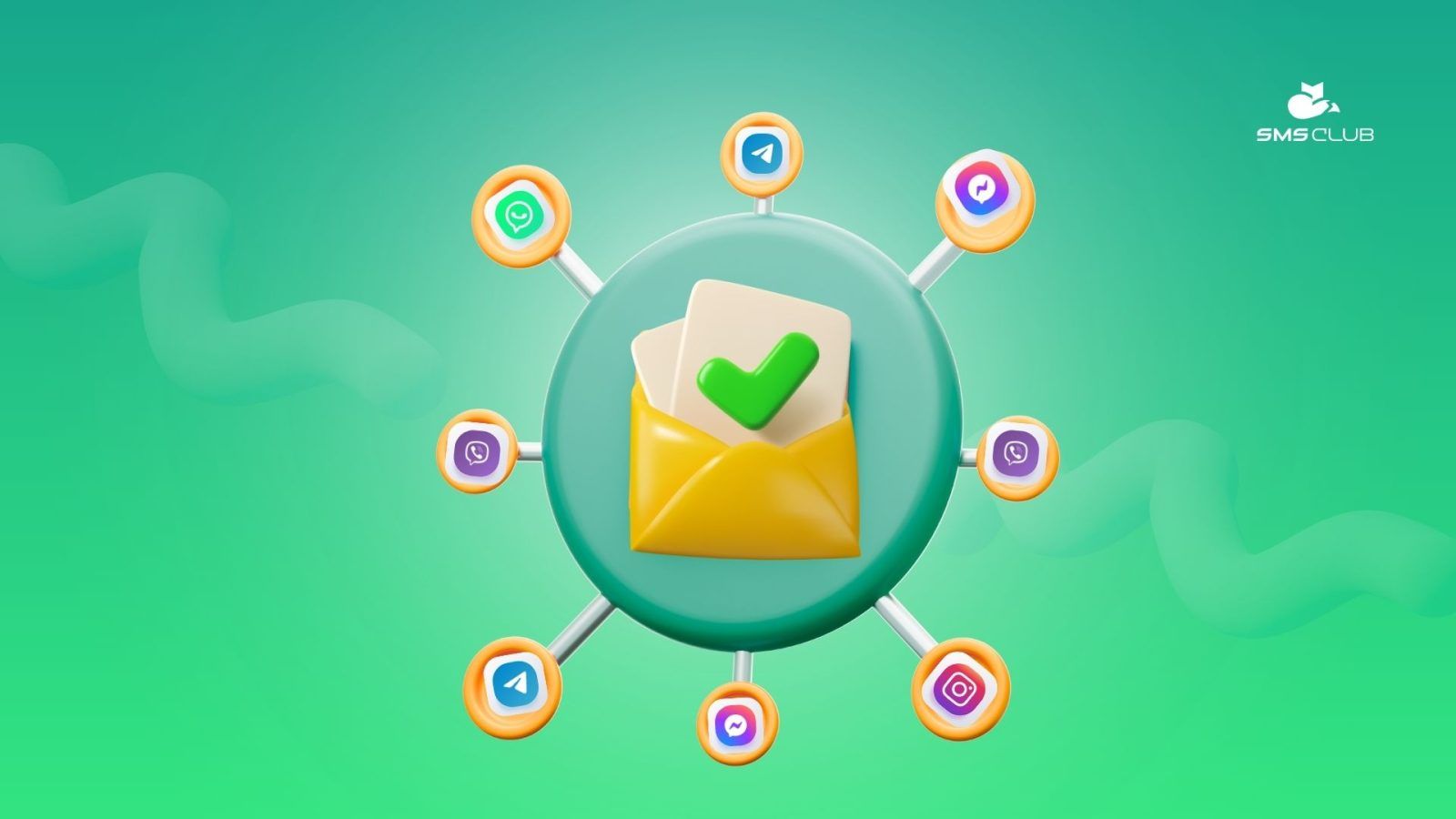Advantages of SMS Activations over Traditional Verification Methods

Contents:
Contents:
Verification is a term made up of two Latin words: verus — true, facio — I do.
Simply put, it is the confirmation of the truthfulness of an action. In everyday life, people most often encounter this necessity when they need to make sure that they are indeed themselves.
About why companies need such a system for verifying new customers and what hidden advantages SMS security offers for small and medium-sized businesses — below.
Why is client verification needed?
Until recently, identity verification was the prerogative of:
- banks,
- the government — more precisely, the departments dealing with finance and social protection.
Now it is hard to name areas for which additional identity checks are not relevant: this is one of the basic requirements of digital security.
Thus, in all official institutions, the conversation always starts with the identification of the person — confirming their identity. For this, you need at least a passport or driver’s license, and an identification code. Additionally, they will likely ask for your email address. There will also definitely be an SMS verification online.
Sometimes, you need to launch an enhanced verification format. This may include video verification of the client, additional expertise, and a thorough check of financial documents. Occasionally, there may be a requirement to obtain document duplicates from neighboring offices and archives.
In most private organizations — sports centers, private clinics, salons, stores, restaurants, etc. — only the person’s first and last name are asked. And the phone number, because this is, again, the foundation of security.
Regardless of the type of business or institution, the goal of verification remains unchanged:
- Prevent fraud;
- Minimize risks, including financial ones;
- Maintain control over the situation. For example, to ensure that it’s the person themselves accessing their personal account — sometimes this is crucial.

That’s why identity verification through SMS activators or by calling a phone number is used almost everywhere. Without this step, it’s impossible to access social media accounts or personal accounts on websites, or participate in a store’s loyalty program.
Important fact:
Verification should not be confused with “two-factor authentication” or “re-authentication”. Verification is the procedure that happens during the initial introduction. Re-authentication occurs on every subsequent visit.
For example, when you receive a package at the post office without a document — this is re-authentication. And when the family doctor asks you to provide a 4-digit code for free examination — that too.
Three methods of electronic activations
In general, for verification (as well as for re-authentication), email, phone calls, and SMS can be used.
There are also companies that use the “Viber + SMS” method. This is when a message fails to reach the client’s Viber for technical reasons — it is automatically redirected through the cellular network.
Email. As practice shows, this is not the most convenient method — at least if a person is working with email on their mobile phone:
- The email may load slower, and the message may automatically go to spam.
- It’s inconvenient to copy text messages.
- Usually, verification codes last for no more than 3 minutes, so there’s a risk that the person will need to make another request, which always takes extra time.
Phone call. This is a fairly convenient method if the person is directly in front of you. And certainly inconvenient if the verification is happening online.
It’s important that the person hears and remembers the numbers they need to enter or say (if this type of authentication is chosen). It’s also important that no one calls them on a parallel number during this time.
Of course, there’s nothing critical — the call can always be redone, and failures happen very rarely, but there are too many “buts” surrounding this verification option. Some may find it more convenient, others not.
SMS message. This is the familiar and understandable method for everyone. SMS is an integrated feature on all mobile devices. The numbers that are sent are easy to copy and verify, and there is no need to memorize them.
Conclusions
SMS codes significantly reduce the risk of fraud in the field of account data. This makes SMS activation one of the most effective tools for protecting against data theft.
At the same time, it is also possible to ensure that the person gives consent for receiving marketing information at the time of verification.
Moreover, the very fact of SMS verification positively reflects on the company’s image: if they care about data security, it’s a company worth dealing with.
Lifehack: using SMS reception services can save money.




